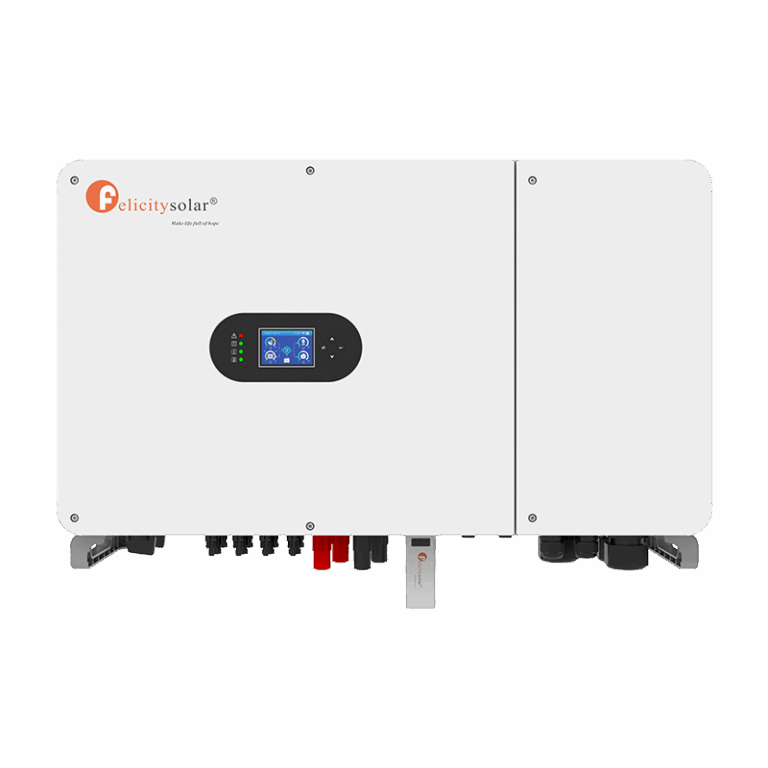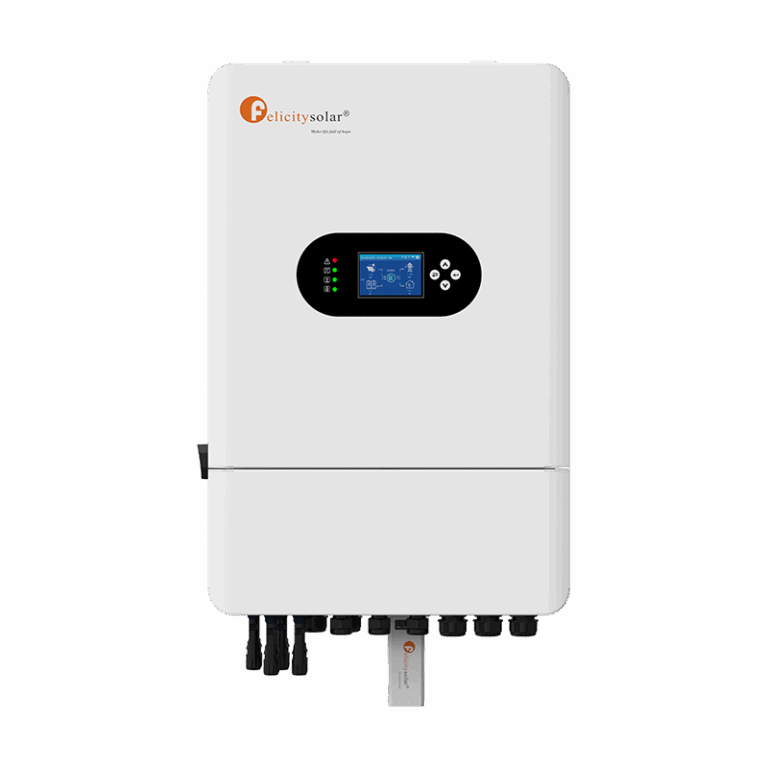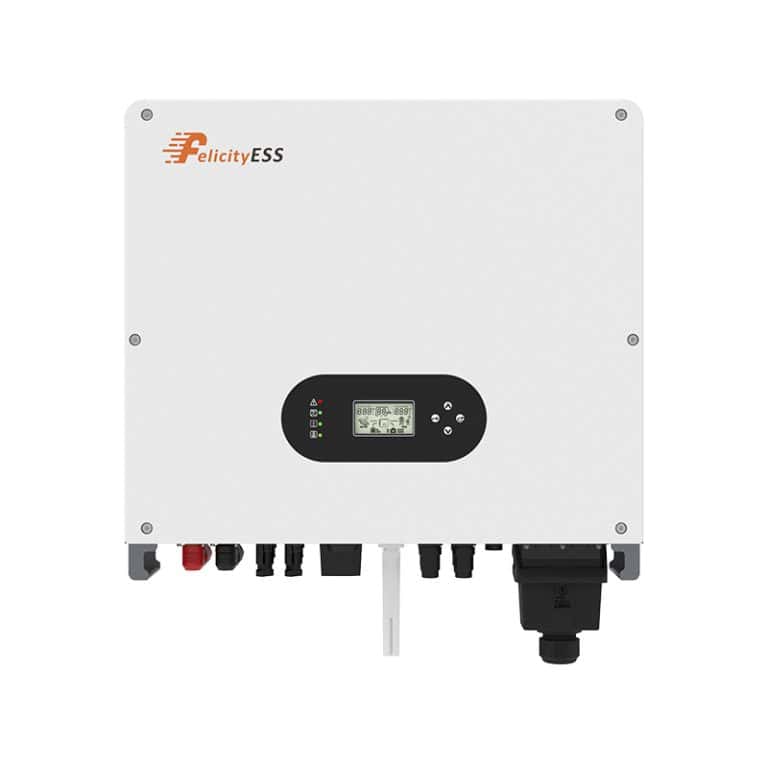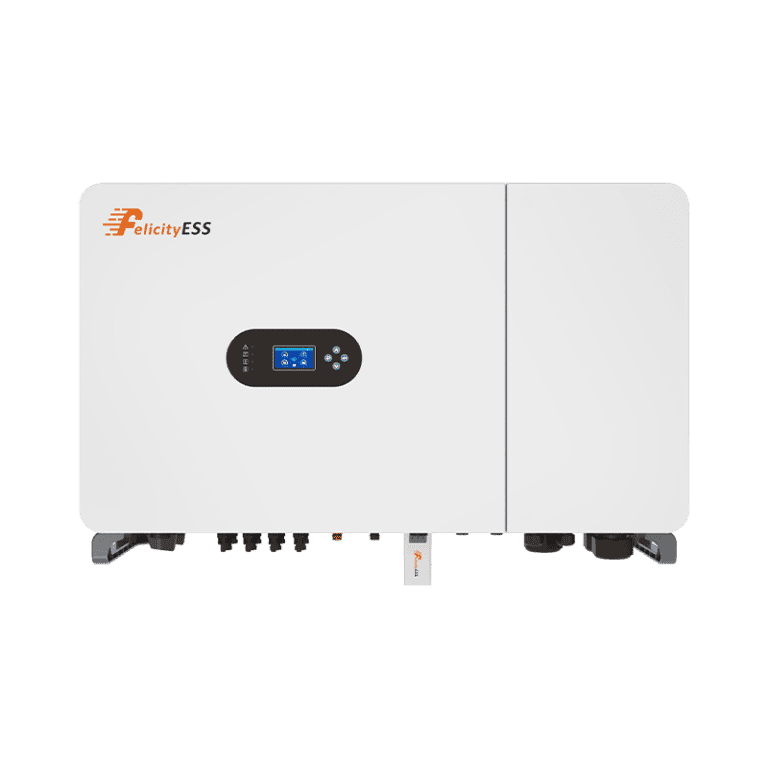Ever wondered why your solar panels or electrical systems don’t deliver as much energy as expected? The answer often lies in inverter efficiency. This critical metric determines how well your inverter converts energy from one form to another, influencing overall system performance and energy savings.
What is Inverter Efficiency?
At its core, inversor efficiency refers to the percentage of power an inverter successfully converts from direct current (DC) to alternating current (AC) without losses. Since inverters play a vital role in energy systems, especially solar setups where higher efficiency means less energy wasted and more savings.
Two primary types of efficiency are often discussed: Peak Efficiency and Weighted Efficiency. Peak efficiency refers to the inverter’s maximum performance under ideal conditions, typically expressed as a percentage. Weighted efficiency, on the other hand, measures performance across various load levels, giving a more realistic picture of everyday use.
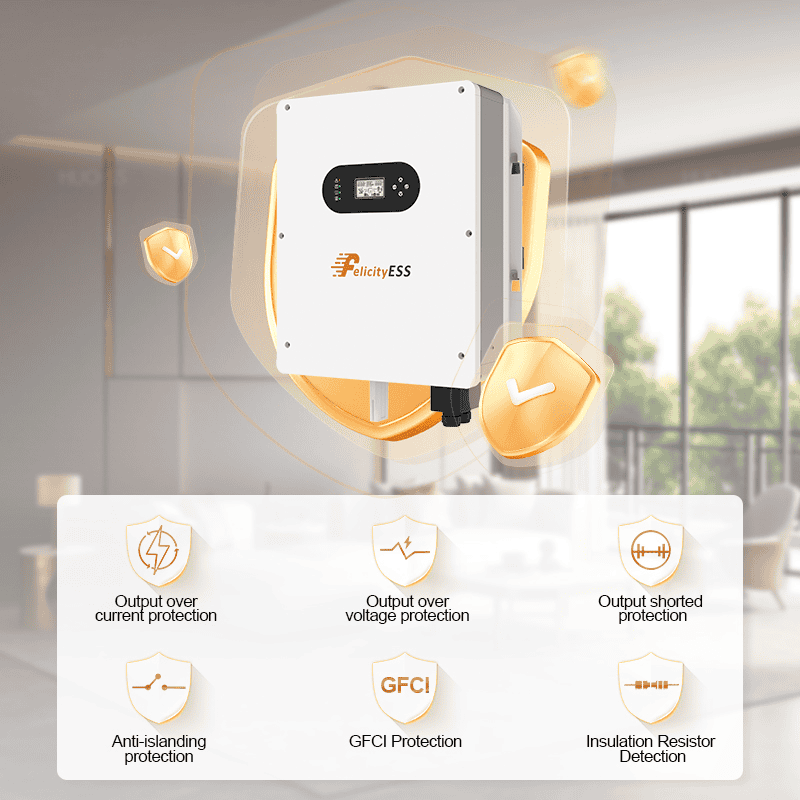
Factors Affecting Inverter Efficiency
Component Quality
The quality of an inverter’s internal components, like semiconductors and cooling systems, significantly impacts its efficiency. High-quality semiconductors reduce energy losses during the conversion process, while advanced cooling systems prevent overheating, which can degrade performance.
Load Variability
The inverter is most efficient when operating close to its rated load. Fluctuations in load, such as varying power demands in a home or business, can cause efficiency to drop. This is why weighted efficiency is often a more practical measure than peak efficiency.
Environmental Factors
Temperature and humidity also affect inverter efficiency. High temperatures can lead to energy losses, as components work harder to maintain performance. Humidity may impact sensitive electronics, further reducing efficiency. Proper placement and ventilation can mitigate these issues.
Applications and Importance of Inverter Efficiency
Solar Power Systems
In solar energy setups, inverter efficiency determines how much electricity generated by panels is usable. For homeowners and businesses, a higher-efficiency inverter translates to lower electricity bills and better returns on investment.
Industrial and Home Appliances
Inverters are not just for solar systems; they also power various appliances. Efficient inverters reduce electricity costs and improve the reliability of devices like refrigerators, air conditioners, and more.
Electric Vehicles and Power Grids
In electric vehicles, efficient inverters maximize battery usage and improve driving range. Similarly, power grids rely on efficient inverters to reduce energy losses during distribution.

How to Improve Inverter Efficiency
Choose the Right Inverter
Selecting an inverter that matches your energy system’s requirements is the first step. For example, grid-tied inverters are ideal for solar systems connected to the grid, while off-grid inverters suit standalone setups.
Maintain Optimal Operating Conditions
Place the inverter unit in a cool, well-ventilated area to prevent overheating. Regularly check for dust or debris that could block airflow and reduce cooling efficiency.
Perform Regular Maintenance
Schedule routine maintenance to identify and fix any performance issues early. Updating the inverter’s software can also improve its efficiency, as newer algorithms optimize power conversion better.
FAQs
What is a good inverter efficiency rating?
A good inverter efficiency rating is typically 95% or higher. For solar systems, look for inverters with a weighted efficiency rating close to their peak efficiency.
How does inverter efficiency differ from energy efficiency?
Inverter efficiency specifically measures how effectively an inverter converts DC to AC power, while energy efficiency considers the overall system’s ability to use energy effectively, including all components.
Why do inverter efficiency ratings vary by load?
Inverters operate most efficiently near their rated load. At lower or higher loads, energy losses increase, causing efficiency ratings to drop. This is why weighted efficiency provides a more accurate assessment.



